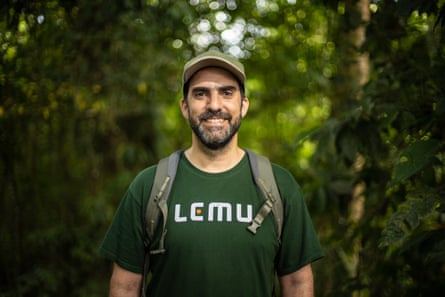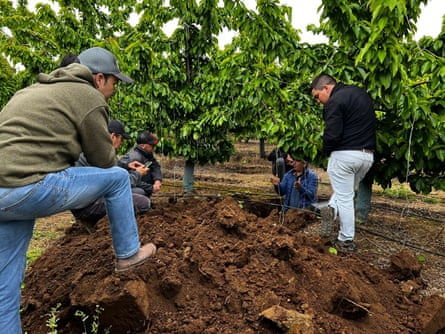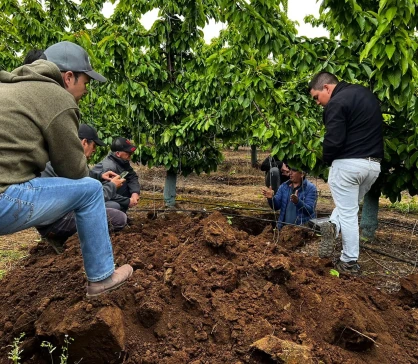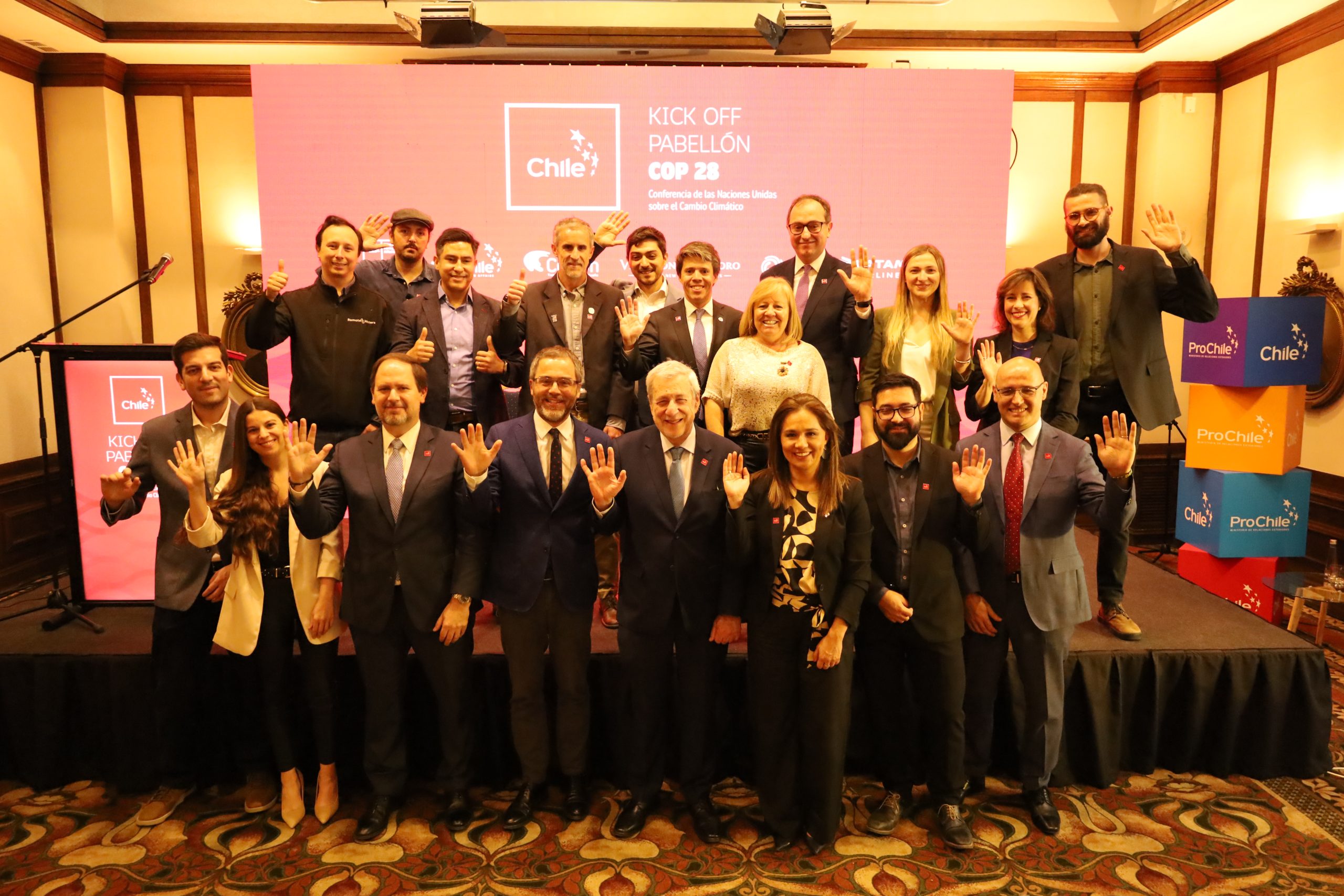With the region’s countries among the most vulnerable to the climate crisis, digital entrepreneurs have been inspired to find innovative ways to create real environmental change
Leo Prieto’s passion for nature started during his childhood by the sea. “I was obsessed with what was under the surface. I’d anchor myself to a rock with my snorkel, and I was fascinated by all the little animals doing things that go unnoticed.”
His teenage years coincided with the arrival of the internet in Chile, where he became a web pioneer, launching and selling several startups. Inevitably, his interests in the environment, the internet and business merged, driven by the feeling that technological advances should not be wasted.
“We’re living at a time when science and technology allow us to do almost anything, and we’re spending all that energy, all those resources, helping people put cat ears on a photo. Really?!” says the entrepreneur.
“Why don’t we use all these advances to solve actual problems? We have real issues, and we have real tools – let’s combine the two.”
Prieto is one of a growing number of entrepreneurs in Latin America and the Caribbean embracing the green revolution and establishing businesses and non-profit initiatives focused on conservation, the green economy, and climate justice. Many of them feel the international community and world leaders are failing to fund climate projects sufficiently.

Change is becoming increasingly urgent as the region’s 33 countries are some of the most vulnerable to the impact of the climate crisis, both economically and physically.
Environmental innovation is a sector with significant growth potential for Latin America and the Caribbean, say experts. According to a recent report by the Inter-American Development Bank, the value added by the green economy – renewable energy, environmental technologies and bioeconomy – is growing. One of the biggest challenges is funding, and a large tranche of projects aim to kickstart the sector by connecting investors with environmentally and socially responsible projects.

In Chile, Prieto’s startup, Lemu, uses artificial intelligence (AI) and machine-learning technology to create a marketplace where potential investors can find climate, biodiversity, water and human development schemes in need of capital.
Lemu – a Mapuche word meaning forest – checks each project to ensure it has verifiable results before including it on the list. Users can read about the projects, search by country or species being protected, navigate maps and 3D models, and monitor progress through photos and posts.
Among the projects are an initiative to protect cotton-top tamarins, a small critically endangered monkey in Colombia under threat from deforestation and the illegal wildlife trade, and rhinos being protected from poachers in the Sibuya Game Reserve in South Africa.
The app offers the option of making monthly or one-off donations and provides updates and impact reports. Featured projects receive 80% of each donation – Lemu keeps 19% to cover its costs and growth and the remainder goes to 1% for the Planet, which commits member companies to donating at least 1% of annual sales to environmental organisations.
Agriculture is responsible for 75-85% of water use in Latin America. So if you want to work with water [security], you have to work with agriculture
Jairo Trad, Kilimo
In Brazil, some of the most promising startups are emerging in the arable and livestock sectors. Krilltech, which originated in the University of Brasília’s laboratories, has developed an organic nanostructure called Arbolina, which it says enhances absorption of essential nutrients and stimulates plant growth, offering a non-toxic alternative to fertiliser.
Diego Stone, the company’s chief, reports that testing of the product showed a 20% increase in soya bean productivity, a 12% increase in wheat, and up to a 40% increase in tomato growth. The company says its technology reduces costs and agrochemical residues while increasing resistance to drought and other environmental extremes.

Another challenge for Brazil is reducing its greenhouse gas emissions. The country is the sixth-largest emitter in the world, with nearly 30% of emissions attributed to agriculture. NoCarbon Milk is one company looking to develop more sustainable dairy farming methods.
Methane emissions are a result of the fermentation of food in the intestines of cattle, a process that releases hydrogen and carbon dioxide, which are combined by an enzyme to produce methane. To combat this, the company uses a feed supplement that suppresses the enzyme, which it says reduces emissions by up to 40%.
In Argentina, Kilimo, a company founded in 2014, is tackling water scarcity by providing farmers with data-based tools to optimise their irrigation and manage their water better. Using AI, the company’s software combines meteorological and satellite data to make irrigation more effective, which they say could help farmers reduce water usage by up to 20%.
Its co-founder, Jairo Trad, says farmers from Argentina, Brazil, Chile, Guatemala, Mexico, Peru and Uruguay use the software, which has saved 72m cubic metres (19bn US gallons) of water in the past two years. As the grandson of a small landowner in Argentina’s Córdoba province, which has faced successive droughts, Trad witnessed water scarcity first-hand.
“Agriculture is responsible for 75% to 85% of total water use in Latin America. So if you want to work with water [security], you have to work with agriculture,” he says.

Another Argentinian company, Nativas, was founded in 2022 to channel funding into ecosystem regeneration projects. The startup encourages farmers to integrate native trees into their plantations and create biological corridors for wildlife.
It uses blockchain technology to verify the benefits of regeneration schemes and connects them with companies keen to invest. “We are demonstrating that activities to implement [ecosystem] regeneration can be remunerated,” says the co-founder, Gaspar Mac.
It is still early days for the startup, which has pilot projects in different parts of Argentina, including the Gran Chaco, a biome under significant stress that spans northern Argentina, Paraguay and Bolivia. Two of the projects focus on regenerative agriculture, one on biodiversity conservation and another on raising companies’ awareness of the socio-environmental benefits of wetland restoration. “Our goal is to heal the land,” says Mac.
In Honduras, a nonprofit circular economy project has also been gaining ground. Sustenta Honduras is a youth organisation focused on innovative ways to promote “climate empowerment”.
“In 2019, I read that Honduras had become the most vulnerable country to the effects of climate change worldwide. That’s when the idea and the need for Sustenta were born,” says Ricardo Pineda, president and co-founder of the initiative.
The organisation is working on two main projects. The first turns waste animal fats into eco-friendly pet soap. In the second, young volunteers collect used cooking oil from households and transform them into soap. “Domestic use of cooking oils is very high in Honduras, and the waste often ends up in rivers or is dumped in forests. We are looking for new ways to create a cycle for these products.”
Another project, a recent prize-winner in the Youth4Climate Challenge, uses data to provides renewable electricity to 45% of all schools without power in Honduras. “We use big data to find cost-effective pathways to electrify remote communities through schools without access to electricity,” says Pineda. “This allows communities and organisations to determine if it is best to install a standalone microgrid or to extend the main grid distribution, given the renewable energy potential of more than 7,000 schools that currently do not have access to electricity.”
Prieto says the next step to ensure a quality leap in environmental research projects in Latin America and the Caribbean would be adopting more reliable ways of verifying results. “We have all these projects doing all these different actions, and we don’t know if they work. That’s dramatic,” he says. “We need quantifiable, traceable and auditable metrics behind what’s happening to have a lasting impact.”


